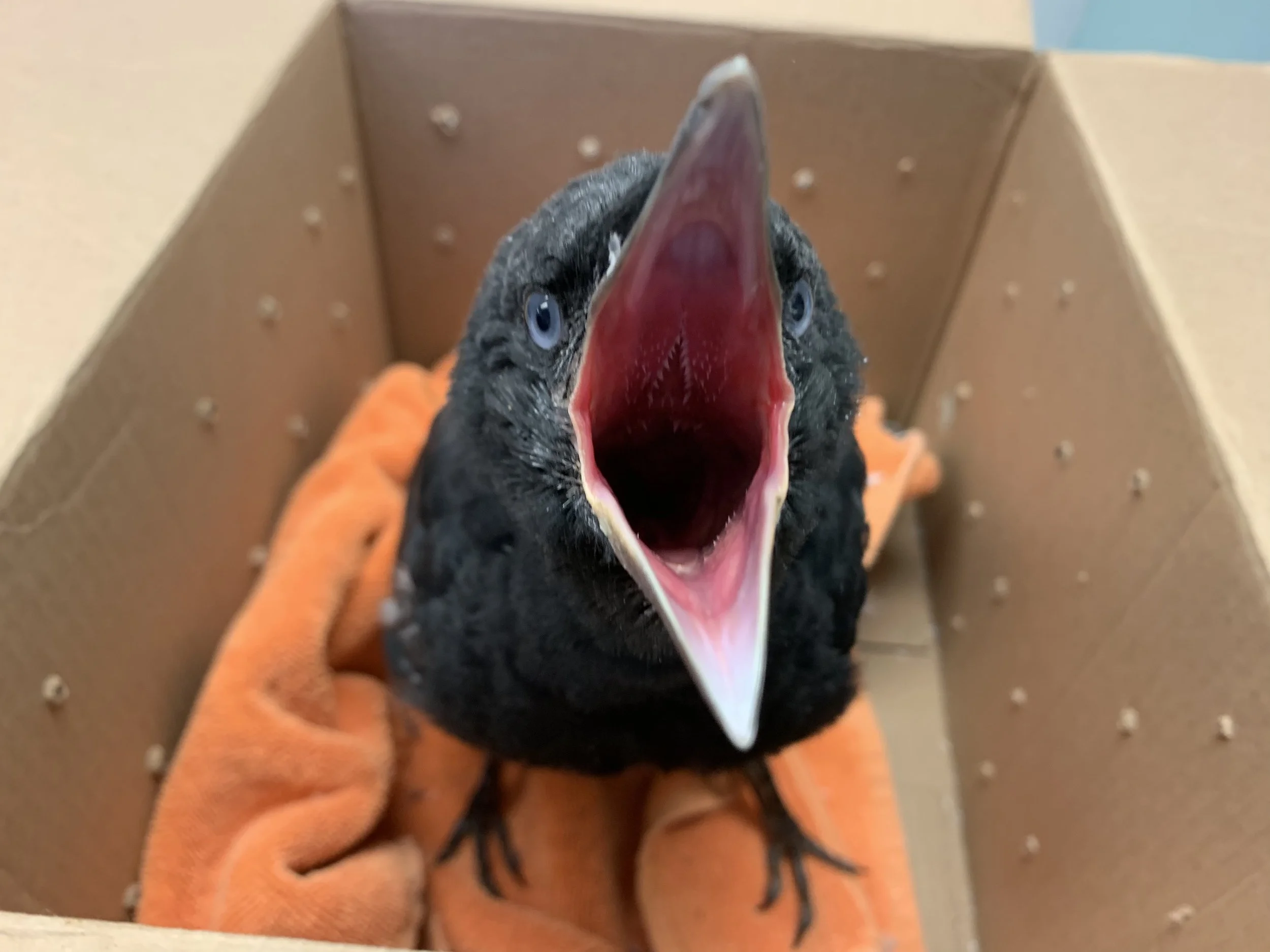I Found a Wild Animal
Baby Crow (Courtesy of California Wildlife Center)
Call your Local Wildlife Rehabilitation Organization
There are nearly 100 permitted wildlife rehabilitation organizations throughout California. If you find an injured or orphaned wild animal the best thing you can do is call your local organization and get information on what to do next.
Your safety is priority, if the animal or conditions to rescue the animal are dangerous do not attempt to intervene, that is what the professionals are for!
Courtesy of Ingrid Taylar Foto
Does this Wild Animal need to be rescued?
Many times wild animals are not in need of being rescued. Here are a few definite indicators that a wild animal needs help.
The wild animal has had contact with a cat or dog.
You witnessed the wild animal being hit or struck by something.
There’s evidence of bleeding.
The wild animal appears to have a broken limb.
The animal is shivering or appears lost and confused.
Seabird is beached.
A bird baby bird that can not flap or move away from you.
A baby mammal that is too young to be out of a nest. (Deer and Rabbits do not usually apply)
A young wild animal is crying and wandering around all day long.
There’s a dead parent nearby.
Gopher snakes caught in netting
The wild animal needs to be rescued, now what?
Hopefully by now you have been able to contact a local permitted wildlife rehabilitators. If not, if you can safely contain the wild animal in a breathable and sealed container. Keep the wild animal dark and quiet until you can figure out where it needs to go next.
Some mammals are vector species for rabies depending on your location: bats, foxes, raccoons, coyotes, skunks, etc. Do not attempt to handle these types of animals with your bare hands or they may have to get tested for rabies.



